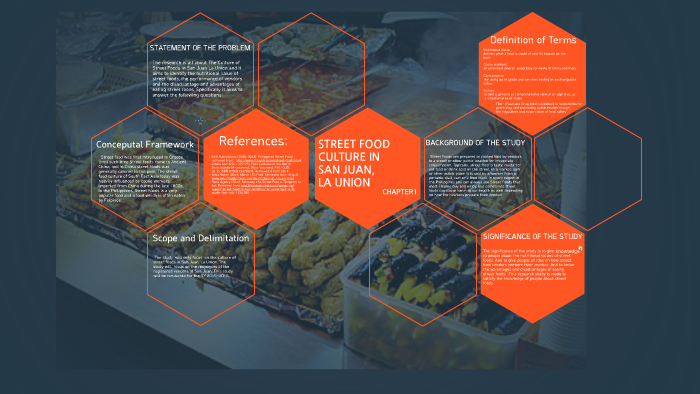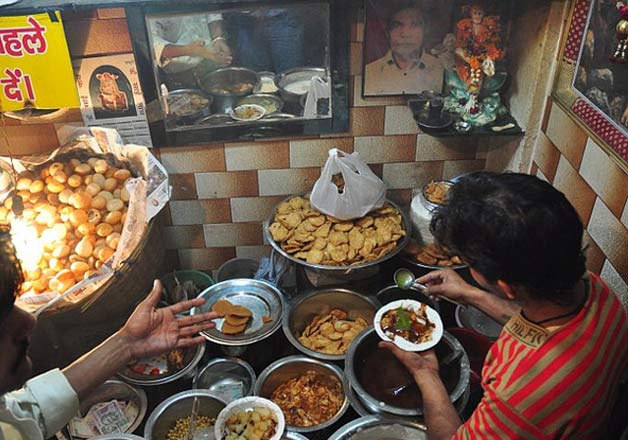Street food is a vibrant and diverse aspect of many cultures around the world, offering a wide range of delicious and affordable meals to people on the go. Despite its popularity, street food has often been neglected in academic studies, with a focus instead on more formal dining experiences. However, a closer examination of street food reveals a rich and complex subject that can provide insights into a range of cultural, economic, and social issues.
One of the most striking features of street food is its diversity. From the spicy skewered meats of shish kebabs in the Middle East, to the steaming bowls of noodle soup found in Southeast Asia, street food can take many different forms depending on the local culture and ingredients. This diversity is reflected in the way street food is prepared, sold, and consumed, with vendors and customers coming from a wide range of backgrounds and cultures.
Street food is also a significant economic force, providing employment and income for millions of people around the world. In many developing countries, street food is a vital part of the informal economy, offering a way for people to earn a living without the need for formal education or training. At the same time, street food can play a role in supporting local agriculture, with vendors often sourcing ingredients from small farmers and markets.
Despite its importance, street food is often viewed with suspicion or disdain by some members of the public, who may associate it with unhygienic or unsanitary conditions. In fact, street food vendors are often subject to strict regulations and oversight, and many adhere to high standards of cleanliness and food safety. However, street food can be vulnerable to external factors such as environmental conditions, economic fluctuations, and political changes, which can impact the livelihoods of vendors and the availability of street food for consumers.
In conclusion, street food is a rich and complex subject that deserves more attention in academic studies. It offers a unique window into the cultural, economic, and social dynamics of a community, and has the potential to shed light on a wide range of issues. By understanding the diversity, significance, and challenges of street food, we can gain a deeper appreciation for this important aspect of human experience.
A Study On Philippine Street Foods, Sample of Essays

The abovementioned is, however, not unique to street-vended foods. All respondents participated voluntarily, were over 15 years of age, and were selected randomly. Quantitative research was used by giving survey sheets and using statistical treatments like the weighted mean, t-test of independent sample and one-way ANOVA. Japanese Foodways, Past and Present. There is also increased consumption of animal source foods, which are a source of protein, but also of saturated fat.
Thesis: Street Foods Research Paper Essay Example

However there are significant reports of health problems that have been associated with these street foods Muleta and Ashenafi. Each dining option possesses its own specific hours of operation. Themes examined in the journal include: changing patterns in world economic and political institutions; new configurations of ethnic groups, social classes, religions, personal networks, and special interests; the social effects of changes in mass culture, propaganda, and technologies of communication; and the impact of social transformations on the changing order of public and private life. The increased consumption of sodas and snacks, meals of large portions with higher caloric contents, and the increased advertisements that promote unhealthy foods contribute to thi. It is also food that the consumers can eat when hungry. Many consumers have stated that they usually buy street food from the same vendor, with whom they have developed trust.
Street food

It is important to discuss the factors of this lifestyle within the African-American community. Springer is one of the leading international scientific publishing companies, publishing over 1,200 journals and more than 3,000 new books annually, covering a wide range of subjects including biomedicine and the life sciences, clinical medicine, physics, engineering, mathematics, computer sciences, and economics. Street foods feed millions of people daily with a wide variety of foods that are relatively cheap and easily accessible Latham, 1997. It is also home to numerous resorts, hotels, restaurants, and other recreational facilities. Street foods account for a significant proportion of economic employment, daily urban food consumption of millions of low- and middle-income consumers, and for generating millions of US dollars per annum for this industry across Africa.
Street Foods

Hence, a maximum of 18 questions could be attained in this section. Although in depth-nutritional studies related to street food have not yet been completed, it is believed that many low income families would be worse off if there were no street food vendors to serve fast and inexpensive food. Lluís Serra-Majem, in Encyclopedia of Food Security and Sustainability, 2019 Mixed Food Systems In mixed food systems, there is a higher proportion of people living in peri-urban and urban areas and having greater incomes than in traditional food systems. Anca Ioana Nicolau, in Regulating Safety of Traditional and Ethnic Foods, 2016 16. Food is a significant facet of Filipino beliefs and traditions, one… fast food The Philippine Star 1997 described the Filipinos are fast food lovers. According to estimates by the Brazil Foodservice Institute IFB The above findings are not unique to the context of underdeveloped countries.







